At the end of the 2nd century A.D., a bloody civil war broke out in the Empire as multiple powerful men rose to the occasion and attempted to become the next Ruler of the Roman Empire.
In this post, you’ll discover the ultimate list of facts about Septimius Severus, the man who eventually succeeded in claiming the title and who ended up starting a new dynasty!
1. He was born in modern-day Libya in North Africa
Septimius Severus was born “Lucius Septimius Severus” on April 11, 145 A.D., in the Roman city of Leptis Magna. This city was originally part of the Carthaginian Empire and eventually Roman Libya.
The ruins of this ancient city are located within the modern-day city of Khoms in Libya in the Mediterranean, about 130 kilometers (81 miles) east of the capital of the country, Tripoli.
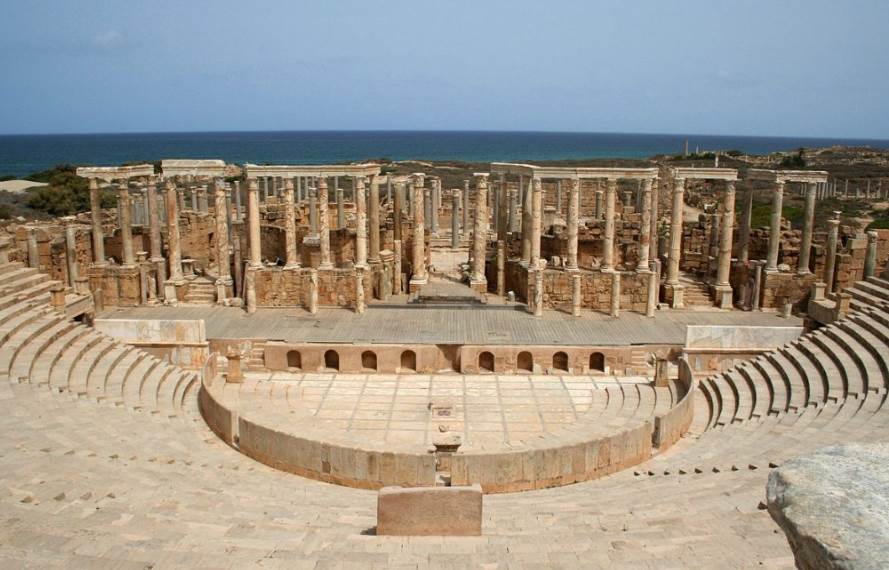
2. Septimius Severus came from an honorable and wealthy family
Even though he was born in North Africa, he was of noble descent on his mother’s side. His father was of Carthaginian descent but his mother belonged to the gens Fulvia, one of the most reputable families in Ancient Rome.
His father also had well-respected family members as he had two cousins named Publius Septimius Aper and Gaius Septimius Severus who once served as Governor during the reign of Roman Emperor Antoninus Pius who ruled between 138 and 161 A.D.
Even though he grew up in Leptis Magna and spoke the local Punic language, he was well educated and schooled in both Latin and Greek.
3. He started his career at the bottom of the senatorial order
As he had family members who were politicians, and he descended from the upper class in Rome, he traveled to Rome to become a public servant as well. He did so at the young age of just 17 in the year 162 A.D.
Because of his young age, he started at the very bottom of the senatorial ladder and most probably became a Vigintisexviri in the early 160s. In this function, he was to oversee road maintenance in Rome and its surroundings.
He later became a State Attorney (Advocatus fisci) during the reign of Marcus Aurelius and gradually moved up the ranks.

4. A horrendous plague actually helped his political career
One of the worst pandemics in history was brought to Rome by soldiers serving on the eastern borders of the Empire. This plague was referred to as the “Antonine Plague” and raged from 165 until 180 A.D., leaving millions of people dead.
Remarkably, this horrible plague would end up seriously benefiting the young Septimius Severus because many people occupying the senatorial ranks died in this period. Therefore, he was able to climb the ranks much faster than he could have without a deadly pandemic sweeping through Rome.
In the year 173, he was promoted to the proconsul of the Province of Africa by one of his family members and eventually returned to Rome after his term to become a tribune of the plebs, the highest Senatorial rank!
5. He married his second wife 6 years before he became Emperor
Septimius Severus married his first wife around the time he was proconsul in Africa. Her name was Paccia Marciana and she was from his hometown of Leptis Magna. Remarkably, during their marriage of over 10 years from around 175 until 186, they didn’t have any children.
His wife died of natural causes in the year 186 and he was quick to find himself another wife, this time a woman from Roman Syria (modern-day Syria) named Julia Domna whom he married in 187.
Her father, named Julius Bassianus, was an important figure in the Arab Emesan dynasty, a client-state of the Roman Empire. This means that she was a pretty good catch for the future Roman Emperor.
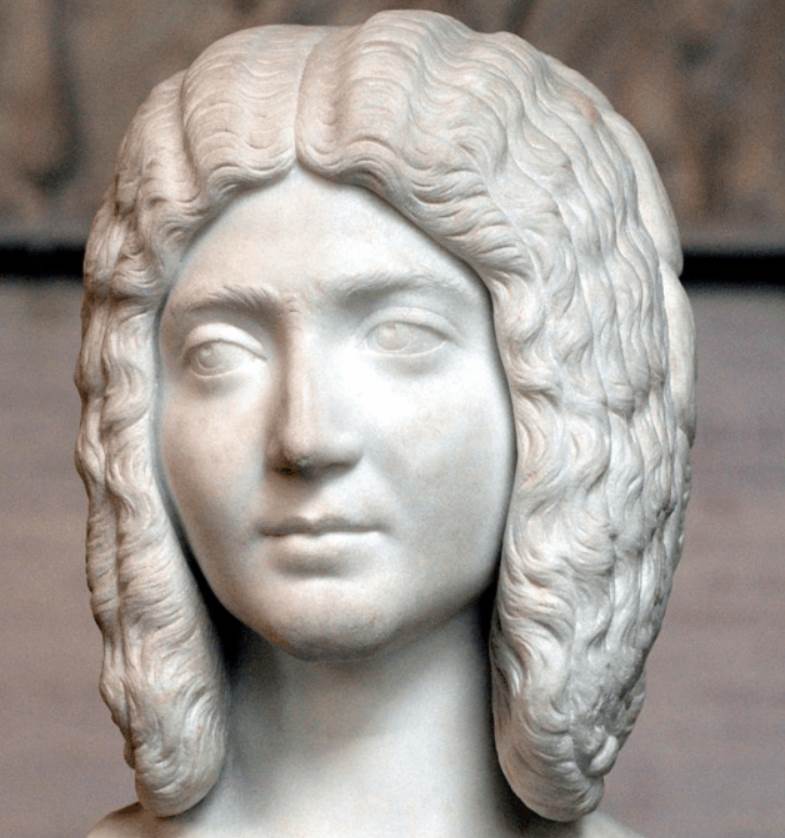
6. His two sons ended up becoming co-rulers of the Empire
The marriage was happy and produced two sons:
- Lucius Septimius Bassianus – Born April 4, 188, in Lugundum (modern-day Lyon).
- Publius Septimius Geta (born March 7, 189, in Rome.
Their oldest son, who was nicknamed Caracalla, would eventually end up becoming the co-rulers of the empire. Caracalla became Caesar in the year 198 and Geta in the year 209.
This wouldn’t end up well because Caracalla ended up assassinating his brother Geta in the year 211 to become the sole ruler of the Empire. He ended up erasing Geta from history as well (referred to as “damnatio memoriae”), something that can be seen in a remarkably well-preserved family panel painting from around 200 A.D.
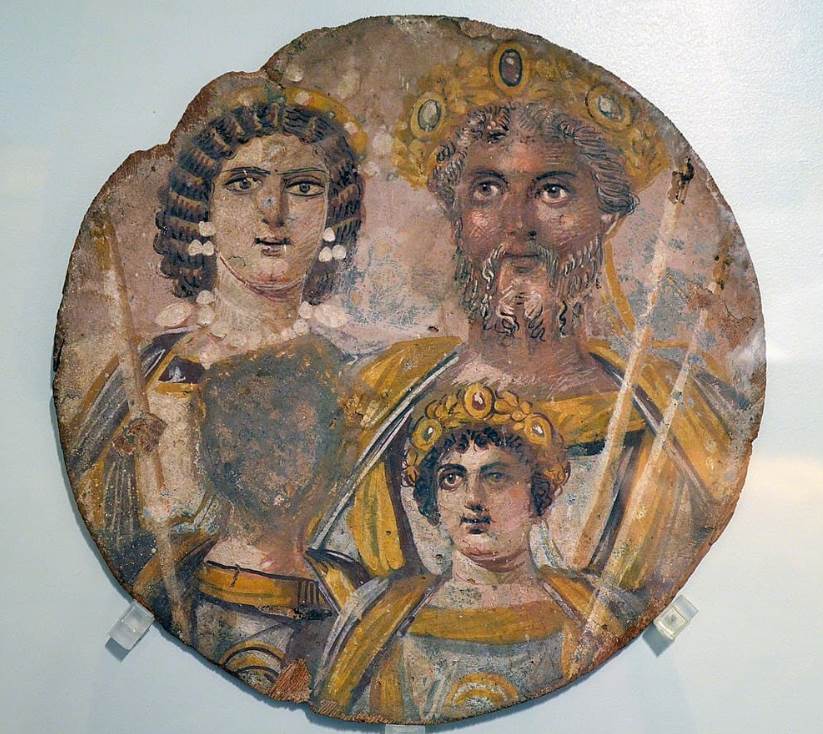
7. He was Governor of a central region when Commodus was assassinated
During the rocky 180s, one of the most infamous Roman Emperors in history was in charge, a man named “Commodus.” Yes, this is the emperor portrayed by Joaquin Phoenix in the blockbuster “Gladiator.”
The year before Commodus was assassinated in 192, he had appointed Severus as Governor of Pannonia Superior, a province in the central part of the Roman Empire which covered areas of modern-day Austria, Croatia, Hungary, Slovakia, and Slovenia.
After the assassination, Severus was in a powerful position and was declared Emperor by his legion in the Roman legionary fortress of Carnuntum in modern-day Austria.

8. He ended up as the winner in the Year of the 5 Emperors
What followed in the year 193 A.D. is what is now being referred to as the “Year of the 5 Emperors,” a year of extreme turmoil and battles in which 5 powerful people tried to seize power over the empire.
The 5 candidates were:
- Pertinax – He was supposed to be the emperor but got into trouble with the Praetorian Guard who assassinated him.
- Didius Julianus – He succeeded Pertinax but had apparently bought the title of Emperor and was assassinated by the Senate.
- Pescennius Niger – Was declared emperor by his troops in Syria but lost the Battle of Issus against Severus in 194.
- Clodius Albinus – Made a deal with Severus and became co-emperor until he was defeated in the Battle of Lugundum in 197.
- Septimius Severus – Became the sole emperor on February 19, 197, after killing Albinus in Lugundum.
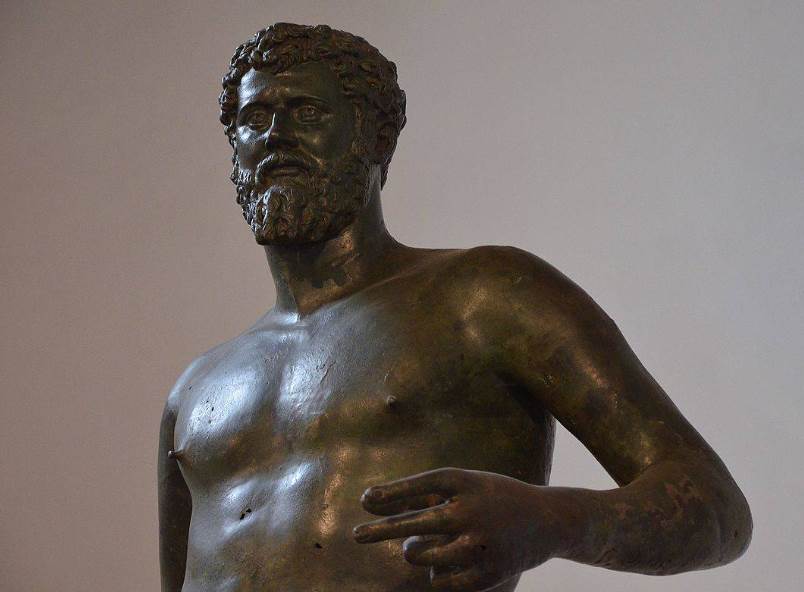
9. He became sole Emperor after a fierce battle in modern-day Lyon
The Battle of Lugundum (modern-day Lyon) was fought by an army of over 75,000 on each end and ended up with Clodius Albinus being murdered and his head and the heads of all of his family members being sent to Rome as a warning sign.
This effectively established Septimius Severus as the sole Roman Emperor, a title he would hold (even though it was as co-emperor with his sons from 198 onward) until his death on February 4, 211.
10. He expanded the borders of the empire in the east and the south
The rule of Septimius Severus can be described as a military dictatorship, resulting in him losing the sympathy of the Senate but being adored by the people of Rome. After all, expanding and strengthening the Empire while bringing back all the goodies that were stolen from far away places was always appreciated in Ancient Rome!
His biggest achievements were:
- His victory against the Parthian Empire and sacking of their capital Ctesiphon in 197.
- Expanding the Empire further east, all the way to the Tigris River in modern-day Iraq.
- Fortifying the “Limes Arabicus” in “Arabia Petraea,” a border in the east of the Empire.
- His victory against the Garamantes was an event that expanded the “Limes Tripolitanus,” the southern border of the Empire.
- Strengthening the wall built by Emperor Hadrian in Britannia.
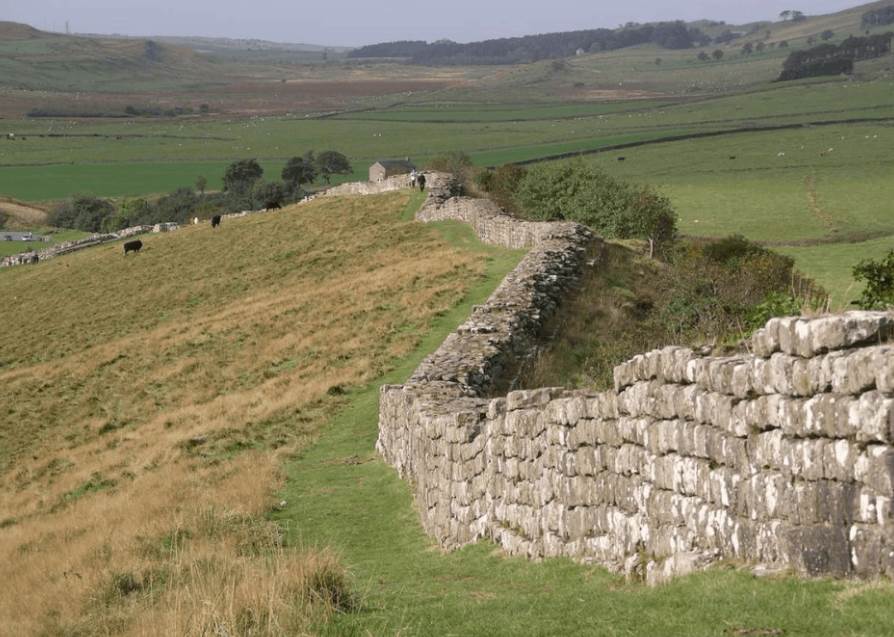
11. He built one of the most famous arches in Rome
Like just about every other Roman Emperor, he erected several structures during his reign, mostly to commemorate his victories abroad. The best-preserved is probably one of the most famous arches in the world, referred to as the Arch of Septimius Severus, located at the northwest end of the Forum Romanum in Rome.
Apart from this triumphal arch, also erected a massive structure called the Septizodium in Rome and seriously expanded the Flavian Palace, a huge structure originally built by Emperor Domitian, which overlooked the Circus Maximus on the Palatine Hill.
He also completely rebuilt his hometown of Leptis Magna and erected a massive triumphal arch there as well.

12. He died during the invasion of modern-day Scotland
His final goal was to travel to Britain and summon a huge army of 50,000 men to break through the northern frontier of the Roman Empire and conquer Caledonia, modern-day Scotland.
He built a camp covering an area of 67 hectares (165 acres) to prepare his troops to invade referred to as Trimontium. This camp was located in the village of Newstead in Southeast Scotland.
The invasion was going pretty well in the year 210 and slow but gradual progress was made, despite heavy Roman casualties caused by the guerilla tactics of the Caledonian tribes.
This campaign didn’t end in defeat but was cut short when Septimius Severus fell ill and retreated to Eboracum (modern-day York). He died here in February of 211.
His body ended up being buried in the Mausoleum of Hadrian in Rome, now referred to as the “Castel Sant’Angelo,” and he was succeeded by his sons, Caracalla and Geta, who were already co-ruling the Empire with him.



